Love House
“For me, what falling in love means is different. It’s a matter of suddenly, globally, “knowing” that another person represents your only access to some vitally transmissible truth or radiantly heightened mode of perception, and that if you lose the thread of this intimacy, both your soul and your whole world might subsist forever in some desert-like state of ontological impoverishment.”[i] So says Eve Kosofsky-Sedgwick in A Dialogue on Love (1999), in a line that has become a refrain since beginning to think about Love House, a three-person exhibition featuring works by Valentina Triet, Vera Lutz, and Patty Martori.
It isn’t exactly that the exhibition is “love”-themed; rather, in thinking about copies, facsimiles, and paratactic presentations as narrative substitutes, the works in the exhibition begin to intimate a kind of amatory structure.
Catherine Ingraham has written about the “power of the abbreviation (the opening provided by the shortfall, the epigram, the mark.)”[ii] Is that not what a Xerox is? Then: the strange lens caps, the blueprints for a project. Vision laid out, and denied. She also writes, “in architectural space is constituted differently and repressed differently than in writing, although architecture is certainly a kind of writing and writing is a kind of architecture.”[iii] Are these works about forming narratives in the incursion of the mark, its relief? In each artist’s work, a procedural logic is intimated. Patty Martori’s Love House, from which the exhibition lends its name, suggests, in the sequence of images in which a miniature model of a house is set on fire, and burned to the ground, that we are meant to read into these images a kind of plot—but not without admonition. This is, no doubt, not about linearity, but cyclical returns. Thinking back, looking again, reflecting.
At some point, I start to read about the ‘actio in distans’ of philosophers approaching doubling, grounding. Someone writes about ‘the distancing in the nearing.’ In Vera Lutz’s work, one could note that proximity brings the gap into greater relief. Lens caps arranged across a wall form a cryptic puzzle, like a paint-by-numbers map, yet to be filled in. “She is taken over by proximity,”[iv] writes Luce Irigaray; a beautiful sentiment. The operative logic is in the narrowing in order to widen the scope of possibility; I note down: “All discourse: repetition, but at a distance, of “nature.”” Nature cracked open as artifice, as mechanic. It occurs to me to think about the camera lenses as dreaming, closed off from our world. Negation implies its own affirmation. Or, maybe it is about anxiety and projection. Althusser writes something along the lines of delaying the ‘exposition of the analysis of anxiety.’
In delays, I realize that this is about time, too, duration. That is, the “after”—as aftermath, after-effect. Ideas, objects, and images that stay with us after an event, and the questions posed on what remains. After all, that Patty Martori hails from the Colin de Land/Pat Hearn-era of art links us to concerns on the condition of art—what we deal, or contend with, in image-making. Such frames, and queries are revisited, acknowledging something of this era still present, as marked in the exhibition’s other works. Lutz and Triet exist in the conceptual rubble, questioning what’s left to ask in the aftermath: in the copy, the lens cap, the after-image.
In relation to Martori, we grasp that art-making measures the distance between an event (perchance the even—love, disaster) and its consecration in form, representation; its doubling.
The procedure is, somehow, capture and replicate, as a means to examine the nature of authority, against the chance of individual expression, imagistic hierarchies, and possible openings, to new meaning, in new relations. Here, one could think of doubt as a virtue; what has elsewhere been called the ‘anxiety of influence.’ Being under the influence, making sense of our influences, or becoming influence—in the context of historical re-evaluation—concerns embodiment, transformation, and dematerialization. In the anxiety of influence, the question becomes, what happens after: after the image, the event, the work?
Blankness rarely goes unnoticed.
In a conversation found online I read the phrase: “Stays against conflagration and disappearance,”[v] and this in relation to artists of the Pictures Generation. A conflagration: fire, a blaze. Setting things alight to make traces vanish. Stays against: sit-ins, trying to hold onto, keep—not in place, but motion: alive. Consider this exhibition a ‘stay’: signifying in these objects active wait (for change—a transformative action that usually takes more time than what viewing allots). Looking becomes reading, and reading a matter of reflection. Time, and distance, turn us back to reflect on past things; again, a kind of psychic proximity that consecrates relations. Meaning is measured in distances, between objects, facsimiles, and their reception. There is a reason the 1980s and ‘90s became known as the ‘blank generation’: non-spaces, shopping malls, airports, and appropriation each partaking in American Inexpressionism. Blankness, notably, is not ‘nothing.’ It is the place we return to. I think to Proust, who at some point in the Search, describes the problem of
Returns and repetitions. Appropriative and expropriate drives.
Double Indemnity.
Looking for an “art that ratifies not self-expression or autofiction but self-division for non-aligning and/or resistant otherness.”[vi] Divide and conquer. Imagine feeling halved your whole life only to find the other side, elsewhere, though exactly where you’d expect it.
(Use value instead of expression “contouring the photographic and its reach,”[vii] Bruce Hainley reminds.)
Mounting questions, so much blank space? Ontological queries? (Or, phenomenological?) Tone? Examining the ‘raw’ material present?
These works all contend with intellectual ‘property,’ insofar as houses, cameras, and projections, as well as Triet’s video, hailing love’s motion blur, are each objects we lay claim to ‘own.’ Like so, questions amass, on autonomy, parities, and questions of origin; but, putting these aside, what lingers is a sense of alienation, distance, memory loss. The cold cruelty of the photographic/cinematic frame, say, in Lutz’s projector-maps, like blueprints holding a place for future ideas, poses an unsurpassable distance (between concept and surface, focal objects, fields and depths of vision, the observer, artist, and image, per representations of the real: posed—always posed, and then set into imaginary ‘motion,’ if seen as sequence. I keep thinking to how artworks are always ‘secrets,’ especially to their makers, as often the question of ‘where’ an idea came from is as ambiguous as how others will interpret them in the aftermath. Distance, and separation, and the magic of isolation, seem to sit at the heart of Love House.
In Triet’s work, a flickering short film recalling early experimental cinema, brought to mind Goethe’s protagonist in The Laocoön, who at some point gives the good advice that opening and closing your eyes rapidly will amount to a kind of cinematic effect. Lids making reality more real, as artifice. I think of each blink as a cut, a decision. Similarly, in this piece, the animation of flickering scenes in rapid sequence asks attention to be placed in what persists on vision. Like closing ones eyes, it hails “the moment”: like, the dream scenario, REM sleep, kissing, dancing. (In the proverbial sense, think to things that “kiss”: touch—in the transience of the passing moment.)
Similarly, Lutz’s assemblage of closed lenses, like the snap of an aperture, are in the moment—or, perhaps, of the moment. Her works, that is, refer to larger structural questions on the discipline and field alike. Like, difference, repetition. What is the same? What do we own?, Sherrie Levine once asked of her peers. Or, against the scene-setting of Martori’s burning house, perhaps: what do we value? What do we save of the past?
Pictures intimate what they hide. In Love House, we are placed in various perspectives, in front of, on top of, behind. These objects each ask to be read for whatever meaning is ferried in perspective, aspect.
Martori’s Xeroxes Love House exists in the shadow of the absent signifier. In this sense, the whole structure of her copied sequence is designed to gradually withdraw what it aims to reveal, pushing the main ‘point’ back into the mark made by its signifier. Nothingness, proving the existence of ‘nothing’—as, perhaps, the creative act appearing ex nihilo. A carousel of effects: the ‘subject’ always vanishes before it is really seen. This exhibition is then asking us to think past its intended references. To paraphrase Ludwig Wittgenstein: what we cannot speak, must be passed over in silence. Ghosts, traces, remainders.
How does one write into such silence? That is, the silence “beneath everything we say, behind each familiar thought, submerging, engulfing, although imperceptible,”[viii] per Maurice Blanchot. Beneath, behind: Objects here invite to look inside their language, at what is intimated at heart—as structure, critique, desire. Blanchot also questions what this silence stands in for, then turns to what ‘nobody dares to discuss: “Is it the very absence of aIl speaking language?”[ix]At stake is something about speaking and seeing. Looking at writing, Blanchot notes:
— To write is not to give speech to be seen. The game of common etymology makes of writing a cutting movement, a tear, a crisis.
— This is simply a reminder that the proper tool for writing was also proper for incising: the stylet.
— Yes, but this incisive reminder still evokes a cutting operation, if not a butchery: a kind of violence — the word flesh if found in the family, just as graphy is a scratch. Higher and further back, to write is to curve meet. Writing is the curve that the turn of seeking has already evoked for us and that we find in the bending of reflection.[x]
Blanchot’s passage, from The Infinite Conversation (1969), aims to spatialize its own rhetoric. Meaning moves, or passes through the writing—as architecture. Something similar can be grasped in the exhibited works, as visions and technologies making “curve meet,” in the “turn of seeking already evoked,” in their “bending of reflection.” Hard to say what I mean about this, except that in the three artists’ practices, the operative logic is mutually fixed in visions sequenced to the effect of an incursion: an opening. Herein the heart of Love House. Lutz, Triet, and Martori are each dealing with sequential visuals, images, and objects, which form meaning in the silent flicker of their technical languages, architectural nomenclatures alluding to vision’s house. Projection, lens cap, copy. These gestures speak through their partial vision, pointing to some obstruction, and so to a loss; and like so, open thought to what’s housed inside their form. We forget that vision, and fascination are often enough to pry meaning. In these works, the focus on the replicated image, its projective contours, camera paraphernalia, and optic effects draw us into the structural language of the lens, in order to point to the structures that enable concentrated experiences to be contained in visuals.
Consider, then, that these works examine concentrations—of experience, vision, culture, productive mechanisms. Concentration on a subject is necessarily an amatory act, and one which notably relies on limitations to condense meaning. Meaning, distilled, comes to concern atmospheres, presences—something more immaterial than what one might expect from the displayed objects. Distillation: the extraction of essential meaning.
Coming together at a single place, bringing to a common center, collating points, as focus or art: the notion of concentration is hailed in action as the power of withdrawal. In context of the house, remiss to miss the larger structures at hand: mass-culture, reproduction, technology. Still, there is some kind of intimacy. What persists is vision, presence. Perhaps, in Martori’s works, we are meant to worry about what is becoming of this concentrated effort to look back at our psychic space, hailing something significant about the experience art is supposed to designate.
Sabrina Tarasoff
[i] Eve Kosofsky-Sedgwick, A Dialogue on Love, (Boston: Beacon Press, 1999), p. 168.
[ii] Catherine Ingraham, “Initial Properties: Architecture and the Space of the Line,” in Sexuality and Space, ed. Beatriz Colomina (New Jersey: Princeton Architectural Press, 1992), p. 258.
[iii] Ibid.
[iv] Luce Irigaray, Marine Lover, (New York, NY: Columbia University Press, 1980), p. 106.
[v] Bruce Hainley, in correspondence with Barbara Kruger, Louise Lawler, and Sherrie Levine, “Flu-ed Times,” in November Magazine, https://www.novembermag.com/content/flue-ed-times. Accessed Feb. 15, 2024.
[vi] Ibid.
[vii] Ibid.
[viii] Maurice Blanchot, The Book To Come, ed. Werner Hamacher, (Stanford, CA: Stanford University Press, 2003,) p. 219.
[ix] Ibid.
[x] Maurice Blanchot, The Infinite Conversation, trans. Susan Hanson, (Minneapolis, MN: University of Minnesota Press, 1993), p. 28.
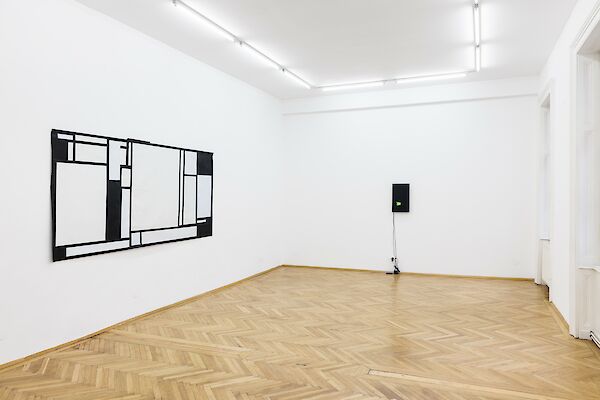
Love House, 2024, Installation view, FELIX GAUDLITZ, Vienna
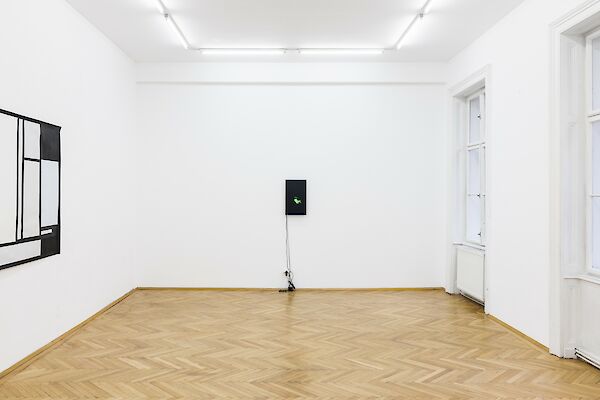
Love House, 2024, Installation view, FELIX GAUDLITZ, Vienna
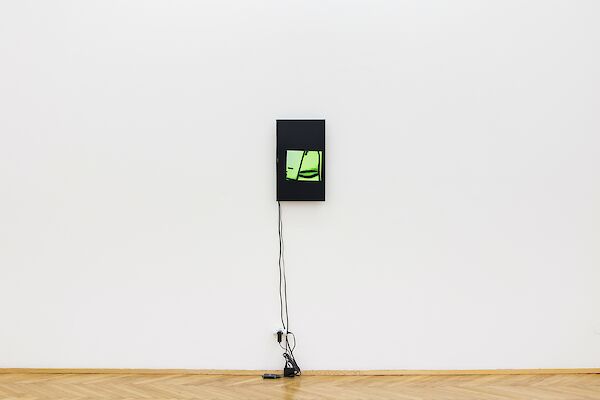
Valentina Triet, type, Full HD video on 24 inch monitor, 00:18 mins. loop, Ed. 3 + 2 AP
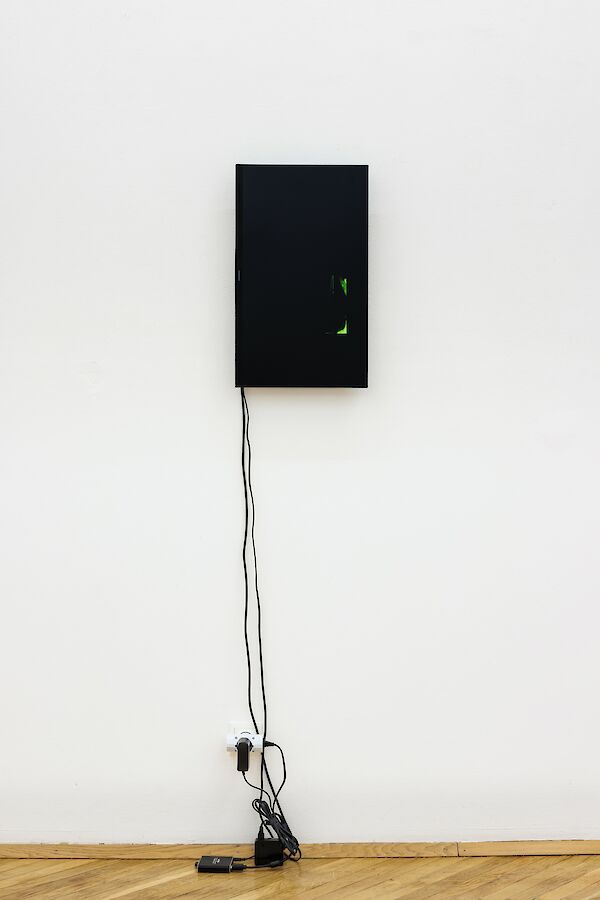
Valentina Triet, type, Full HD video on 24 inch monitor, 00:18 mins. loop, Ed. 3 + 2 AP
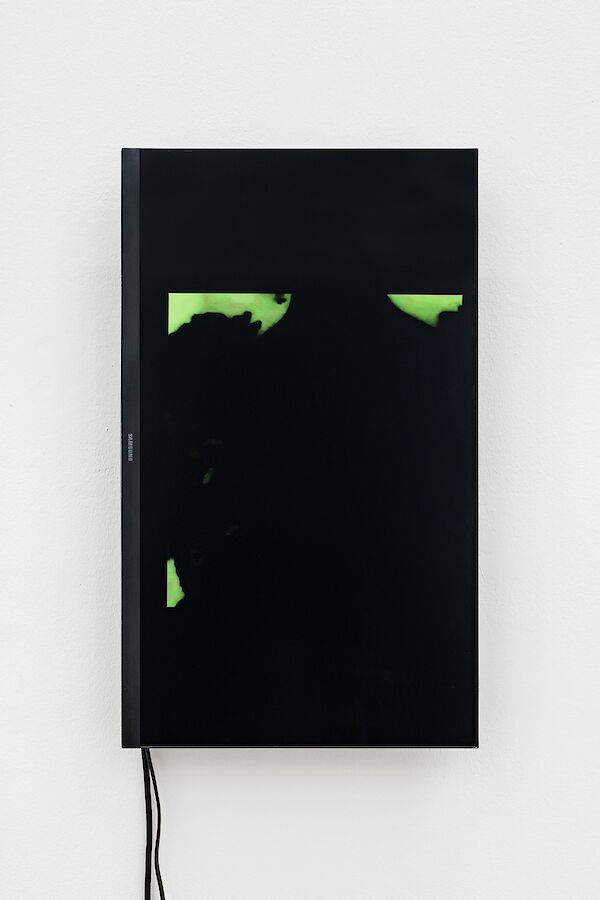
Valentina Triet, type, Full HD video on 24 inch monitor, 00:18 mins. loop, Ed. 3 + 2 AP
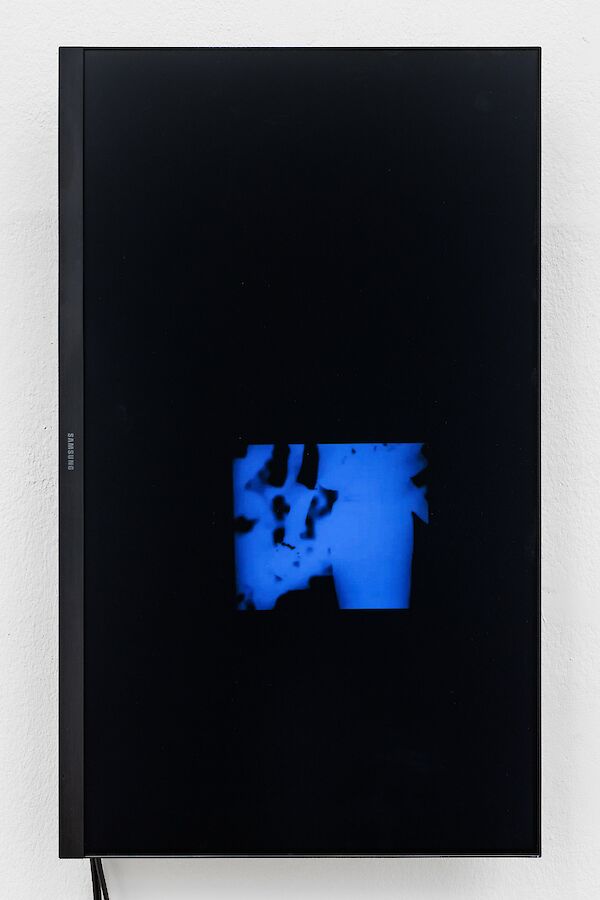
Valentina Triet, type, Full HD video on 24 inch monitor, 00:18 mins. loop, Ed. 3 + 2 AP
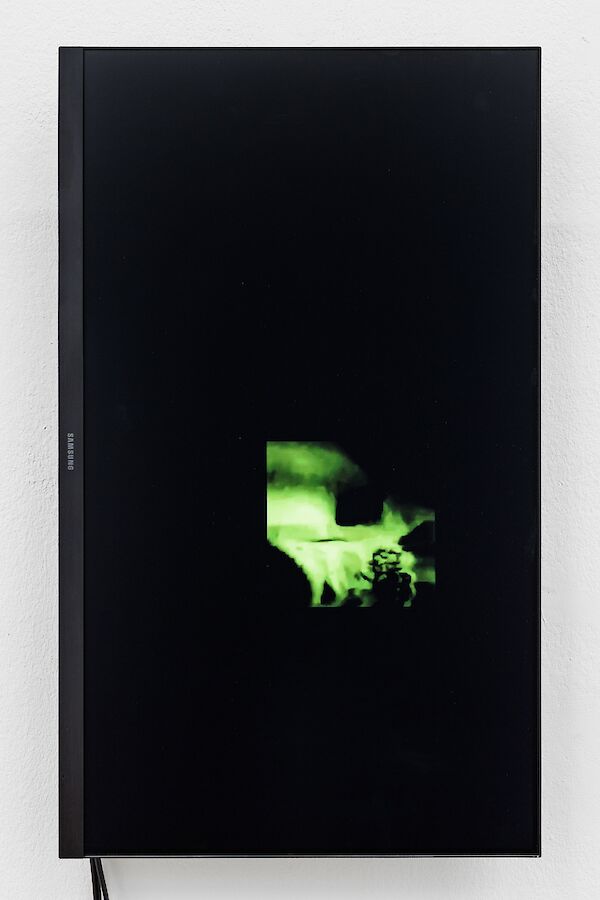
Valentina Triet, type, Full HD video on 24 inch monitor, 00:18 mins. loop, Ed. 3 + 2 AP
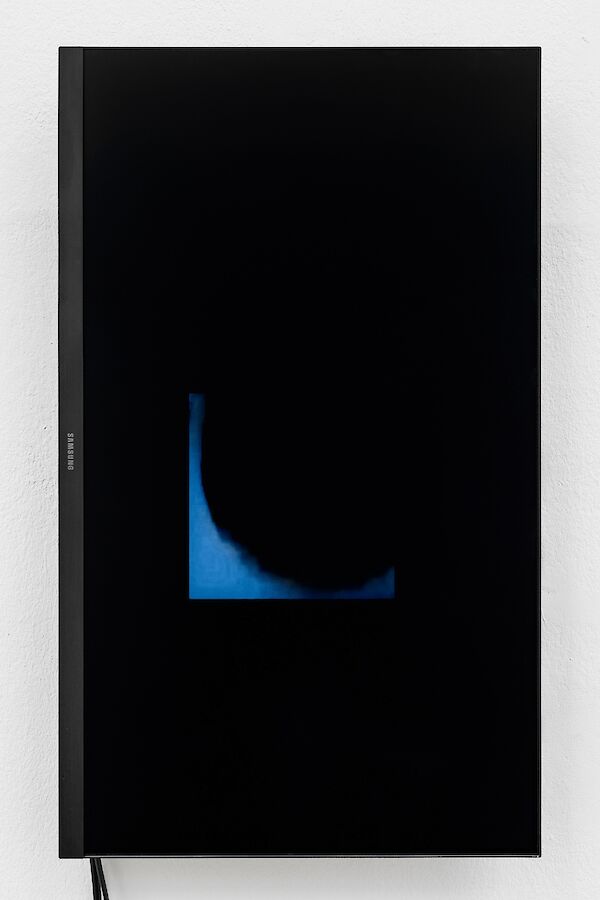
Valentina Triet, type, Full HD video on 24 inch monitor, 00:18 mins. loop, Ed. 3 + 2 AP
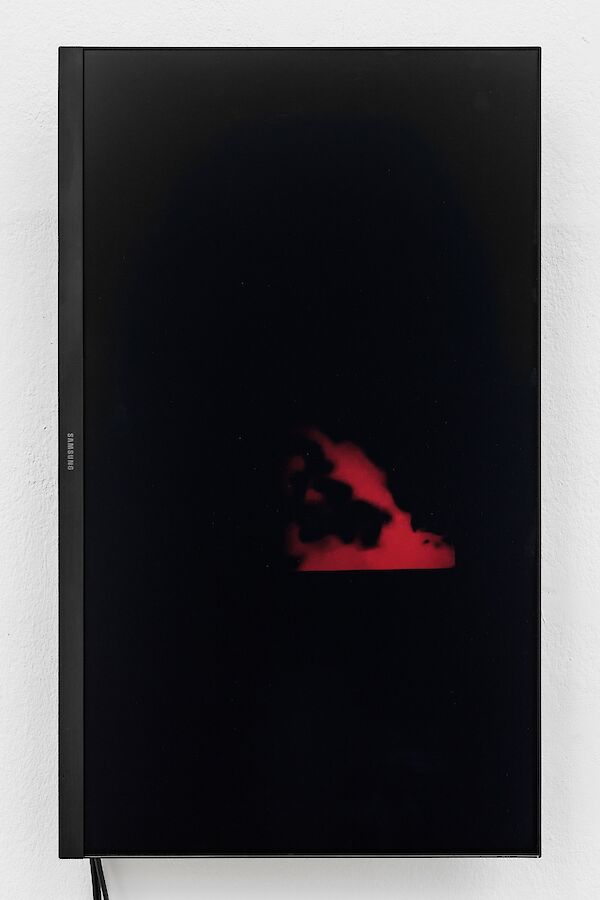
Valentina Triet, type, Full HD video on 24 inch monitor, 00:18 mins. loop, Ed. 3 + 2 AP
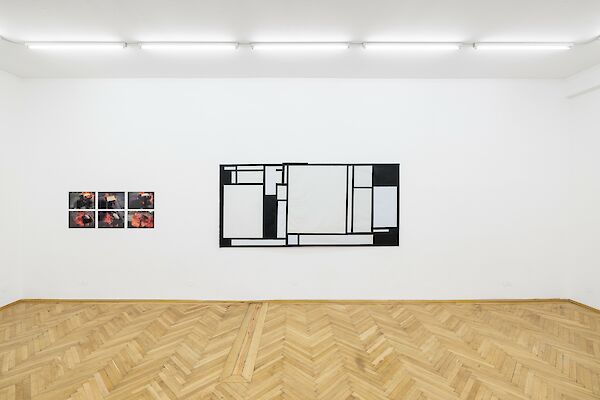
Love House, 2024, Installation view, FELIX GAUDLITZ, Vienna
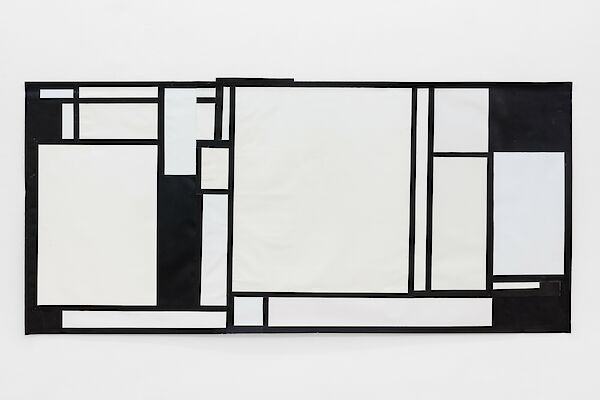
Vera Lutz, Untitled, 2024, Projection screens, 130 × 290 cm (51 1/8 × 114 1/8 in)
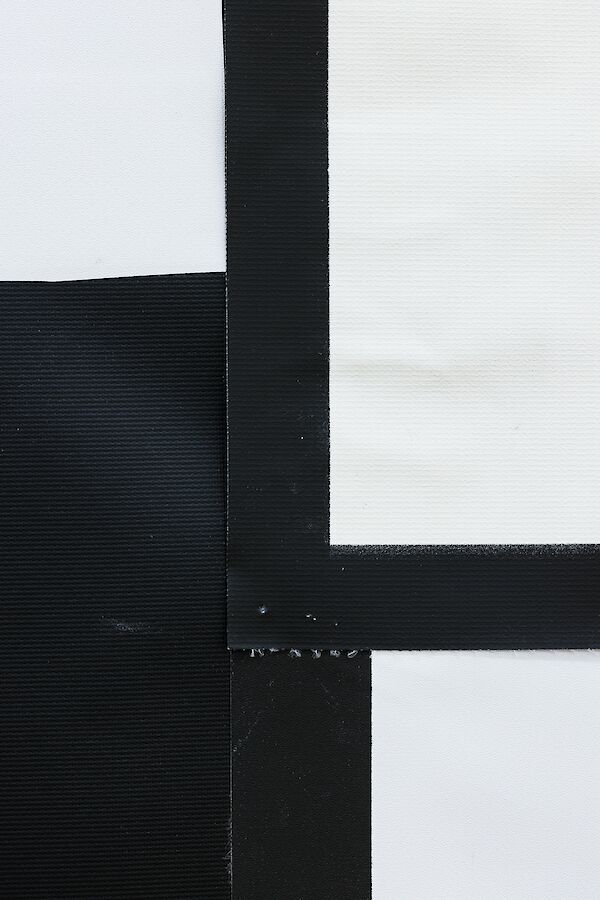
Vera Lutz, Untitled, 2024 (Detail), Projection screens, 130 × 290 cm (51 1/8 × 114 1/8 in)
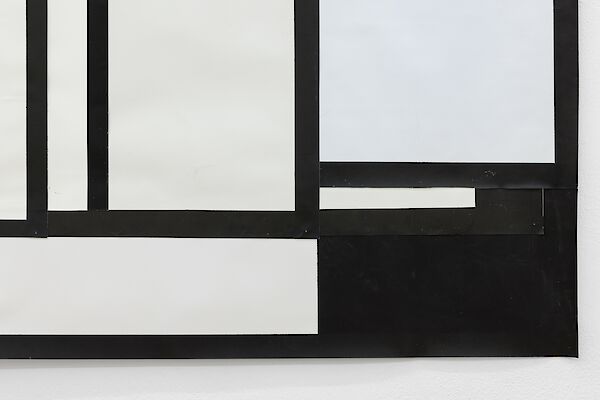
Vera Lutz, Untitled, 2024 (Detail), Projection screens, 130 × 290 cm (51 1/8 × 114 1/8 in)
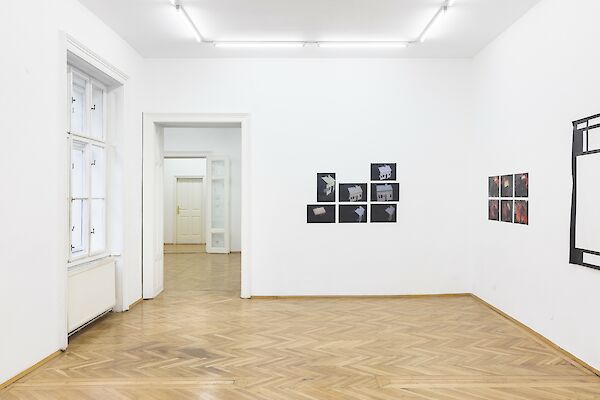
Love House, 2024, Installation view, FELIX GAUDLITZ, Vienna
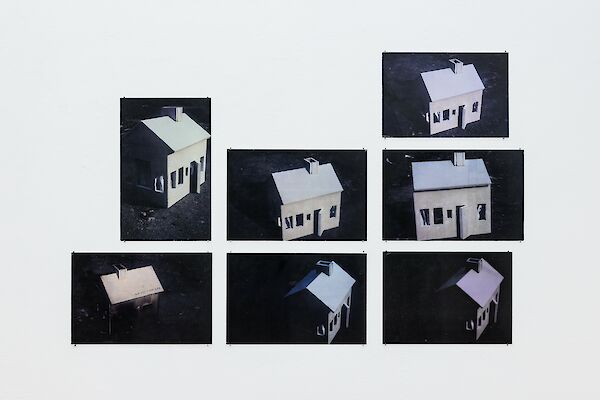
Love House, 2024, Installation view, FELIX GAUDLITZ, Vienna
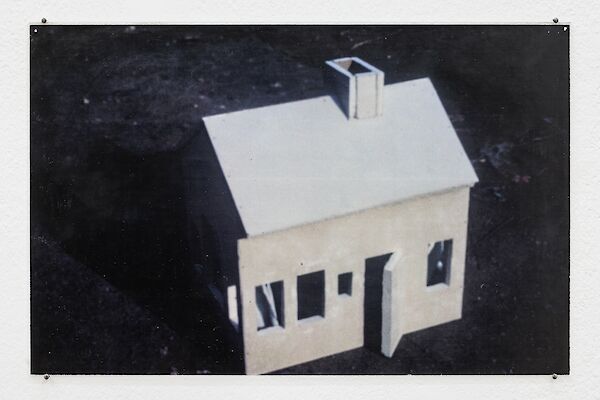
Patty Martori, Love House, 1991, Color xerox, 25.1 × 37.5 cm (9 7/8 × 14 3/4 in)
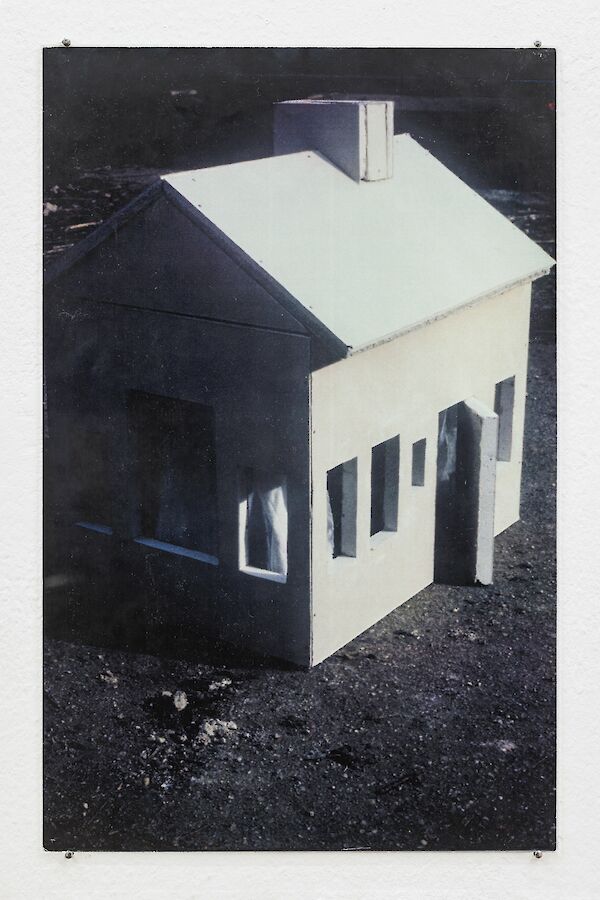
Patty Martori, Love House, 1991, Color xerox, 42 × 27 cm (16 1/2 × 10 5/8 in)
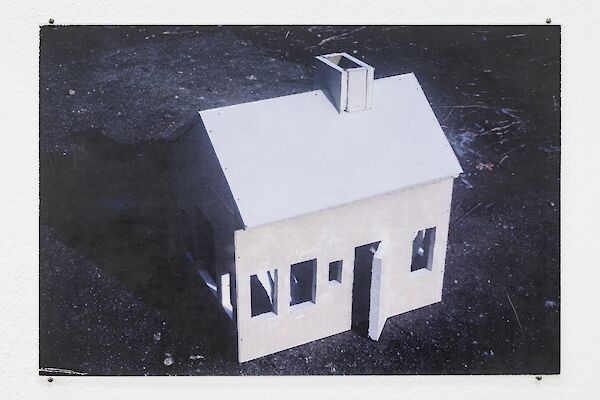
Patty Martori, Love House, 1991, Color xerox, 27 × 41.7 cm (10 5/8 × 16 3/8 in)
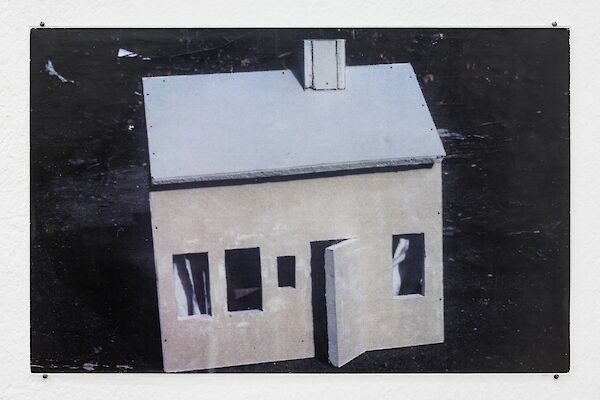
Patty Martori, Love House, 1991, Color xerox, 27 × 42 cm (10 5/8 × 16 1/2 in)
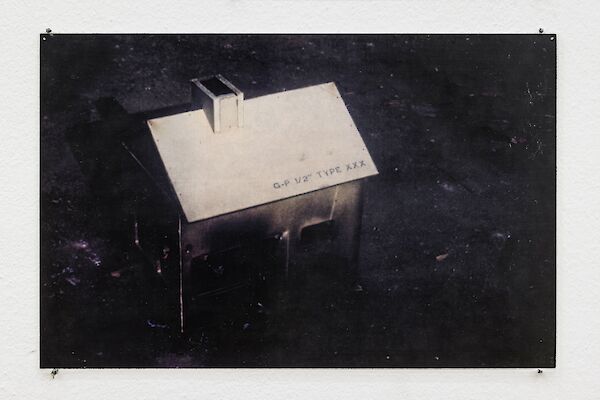
Patty Martori, Love House, 1991, Color xerox, 27 × 41.7 cm (10 5/8 × 16 3/8 in)
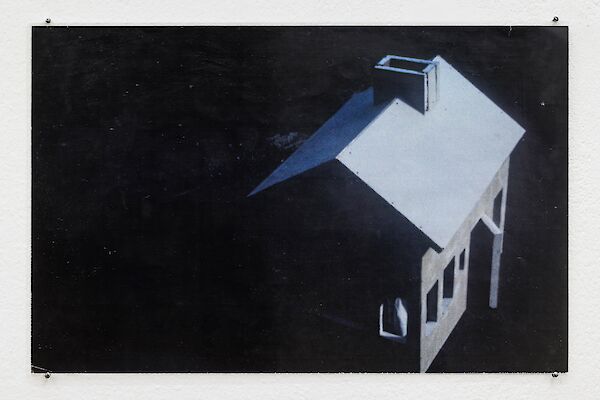
Patty Martori, Love House, 1991, Color xerox, 27 × 41.7 cm (10 5/8 × 16 3/8in)
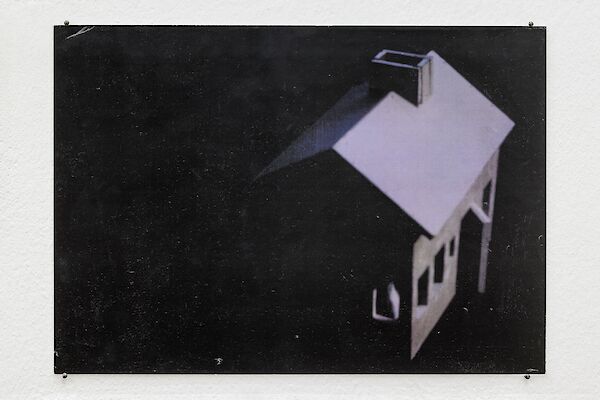
Patty Martori, Love House, 1991, Color xerox, 27.5 × 38.5 cm (10 7/8 × 15 1/8 in)
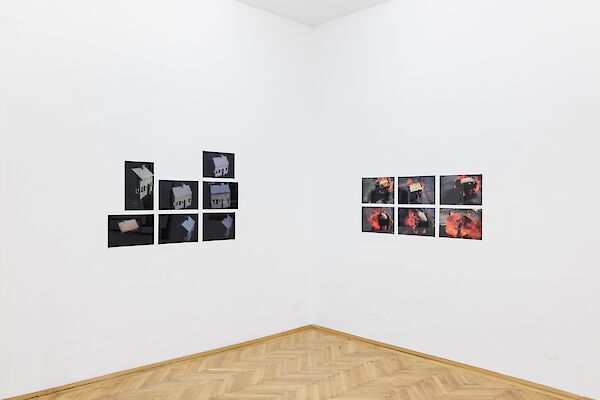
Love House, 2024, Installation view, FELIX GAUDLITZ, Vienna
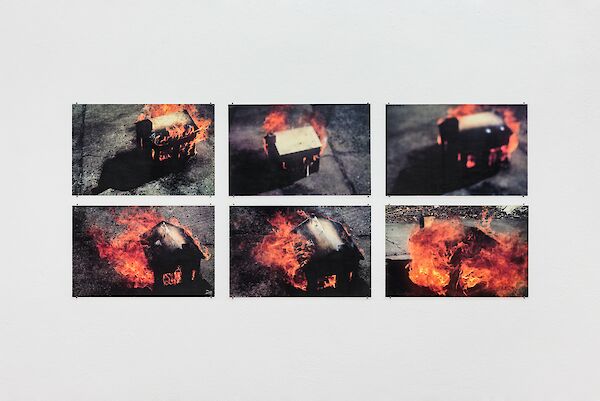
Love House, 2024, Installation view, FELIX GAUDLITZ, Vienna
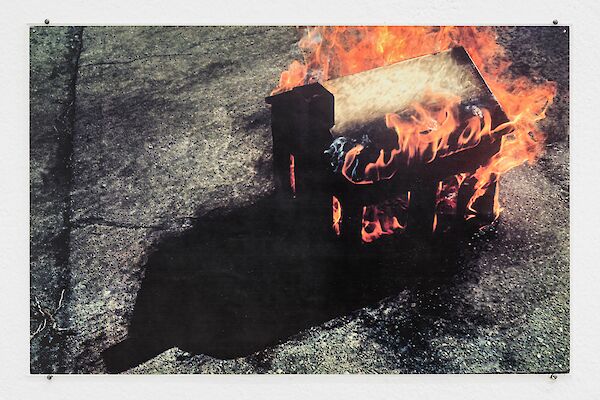
Patty Martori, Love House, 1991, Color xerox, 27 × 41.5 cm (10 5/8 × 16 3/8 in)
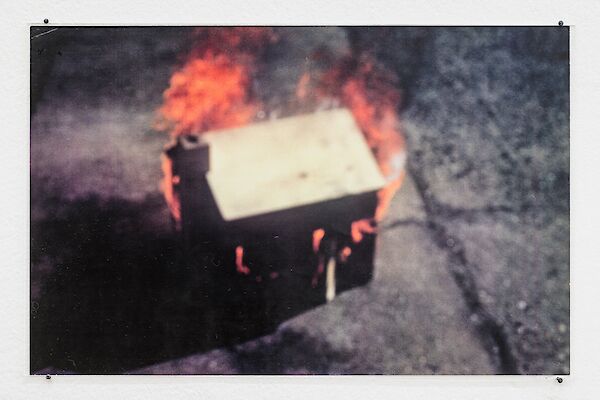
Patty Martori, Love House, 1991, Color xerox, 27 × 41.5 cm (10 5/8 × 16 3/8 in)
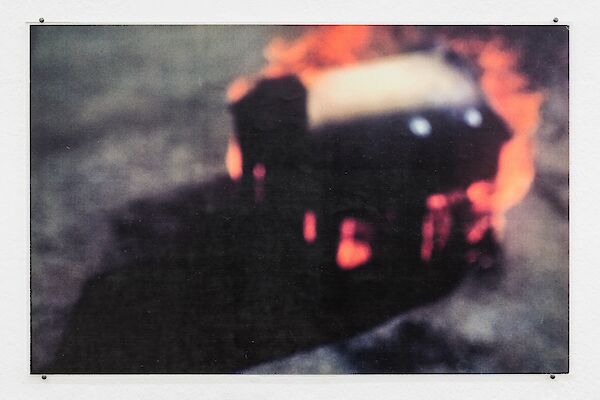
Patty Martori, Love House, 1991, Color xerox, 27 × 41.5 cm (10 5/8 × 16 3/8 in)
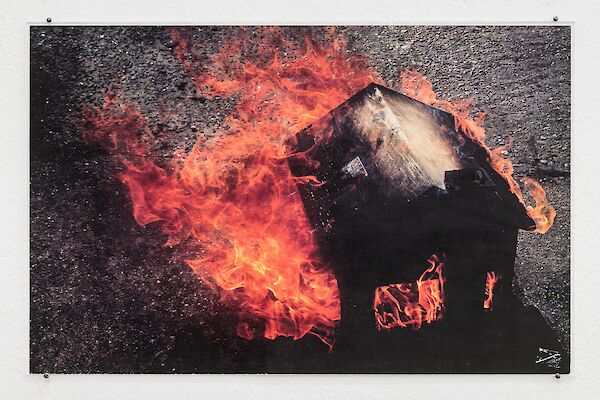
Patty Martori, Love House, 1991, Color xerox, 27 × 41.5 cm (10 5/8 × 16 3/8 in)
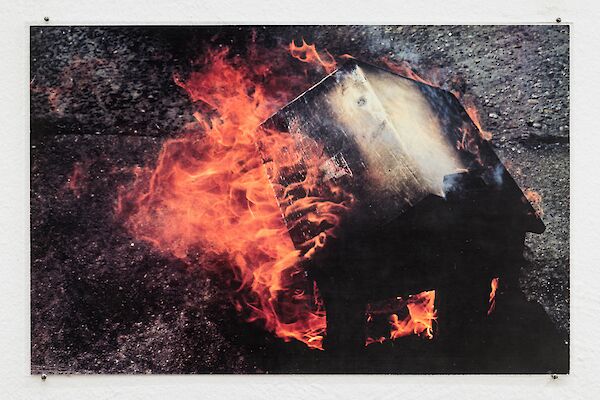
Patty Martori, Love House, 1991, Color xerox, 27 × 41.5 cm (10 5/8 × 16 3/8 in)
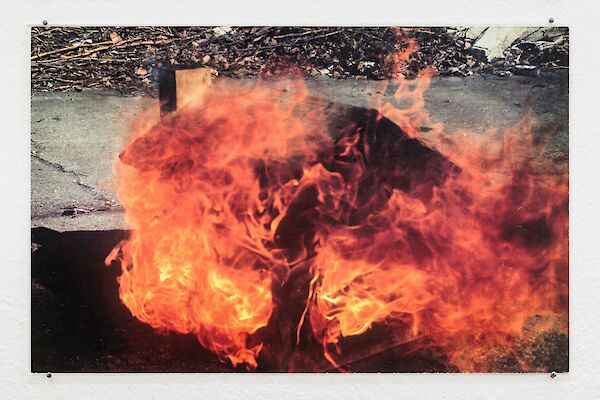
Patty Martori, Love House, 1991, Color xerox, 27 × 41.5 cm (10 5/8 × 16 3/8 in)
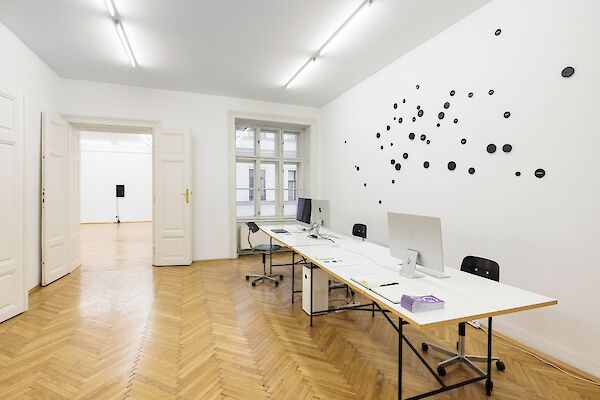
Love House, 2024, Installation view, FELIX GAUDLITZ, Vienna
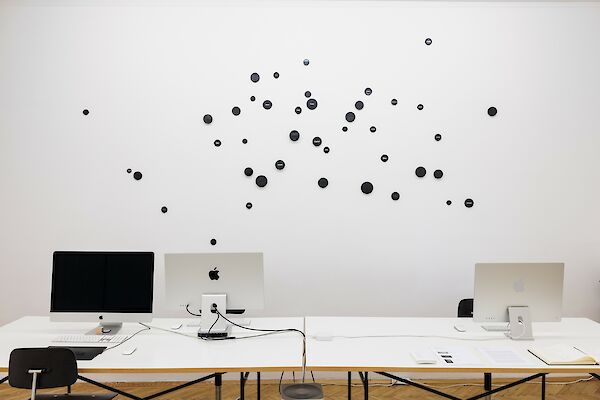
Vera Lutz, Untitled, 2024, 42 Camera lens caps, 180 × 360 cm (70 7/8 × 141 3/4 in)
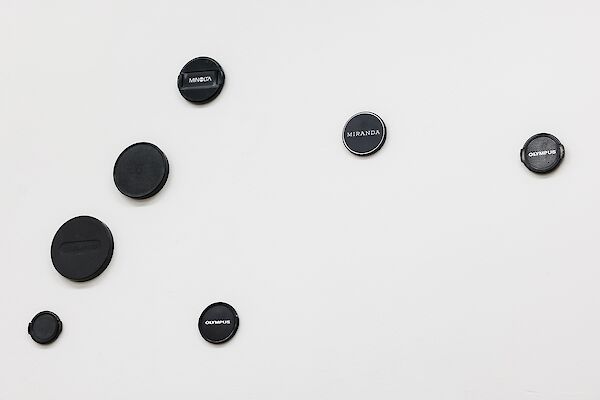
Vera Lutz, Untitled, 2024 (Detail), 42 Camera lens caps, ca. 180 × 360 cm (ca. 70 7/8 × 141 3/4 in)